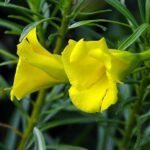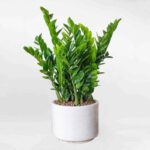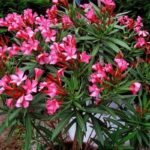According to Dr. Huynh Tan Vu, planting indoor plants has many benefits, such as aesthetics, air purification, and providing a relaxing atmosphere. However, it’s crucial to be aware of certain plants that contain toxins, especially for households with young children and pets.
As Dr. Vu further explains, some plants are toxic only when ingested, while others can cause severe skin and mucous membrane irritation merely from contact with their sap. Symptoms include itching, redness, swelling, and a burning sensation. It is extremely dangerous if the sap gets into the eyes.
Here is a list of five aesthetically pleasing but toxic houseplants that you should consider carefully before bringing into your home:
Ly Ly Fire Lily
Ly Ly Fire Lily, also known as Sweet Death, Sweet Sorrow, Fire Bellflower, Lantern Lily, and Tiger Claw Flower, belongs to the Colchicaceae family, which includes toxic plants such as colchicum and meadow saffron. All parts of the plant contain dangerous levels of colchicine and alkaloid gloriocine toxins, which can lead to life-threatening situations for humans and animals.
The root and bulb of the Ly Ly Fire Lily are particularly poisonous, and if ingested, symptoms such as nausea, vomiting, itching around the mouth, numbness, sore throat, and abdominal pain may occur within two hours. This can lead to bloody diarrhea and dehydration. As the toxins progress in the body, more severe issues like intestinal obstruction, rhabdomyolysis, respiratory failure, hypotension, bleeding disorders, and seizures may arise. It can even induce a comatose state and cause polyneuropathy.

Oleander
Oleander is an extremely toxic plant, with bitter and poisonous sap containing acid hydrocyanic, oleandrin, neriin, and neriantin glucosides. Historically, it has been recognized that oleander contains deadly toxins. Livestock that consume fresh oleander leaves may be poisoned, and humans who eat the meat of animals poisoned by oleander are also at risk.
Experiments have shown that even drinking water contaminated with fallen oleander leaves or water used to soak the roots and leaves can lead to poisoning. Therefore, it is not advisable to plant oleander near water sources like ponds, wells, or drinking water reservoirs. Additionally, do not tether or graze livestock near oleander trees. Families with young children should also be cautious to prevent children from playing with or ingesting oleander flowers and leaves.
Symptoms of oleander poisoning include discomfort, nausea, limb weakness, and dizziness with small doses. Larger doses may lead to respiratory and cardiac disturbances, vomiting, bloody diarrhea, limb convulsions, weak pulse, coma, and even death.
Angel’s Trumpet
Angel’s Trumpet (Brugmansia Suaveolens), also known as “Devil’s Breath,” contains Scopolamine, a powerful hallucinogen. Even a single drop of the extract can cause temporary amnesia and loss of consciousness in victims.
While the flowers are used to create medicines for motion sickness, asthma relief, pain reduction, and pre-anesthesia, they are extremely toxic and should be used sparingly. Poisoning from Angel’s Trumpet may result in symptoms such as dry mouth, difficulty swallowing, reduced bronchial secretions, and dilated pupils. Severe poisoning can lead to confusion, hallucinations, and irritability.
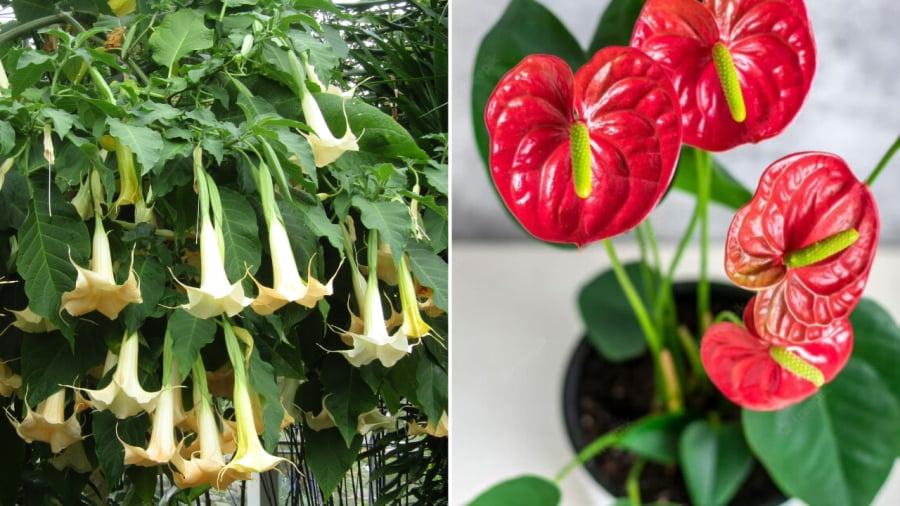
Anthurium
Anthurium is a popular houseplant loved for its vibrant colors and unique shape. However, few people are aware that all parts of the plant contain toxins—Calcium oxalate and Asparagine. While the plant itself is not harmful, ingesting any part of it can cause burning sensations in the mouth, throat, stomach, and intestines. Crushed leaves and flowers that come into contact with the skin can also lead to skin irritation and blistering.
Physic Nut
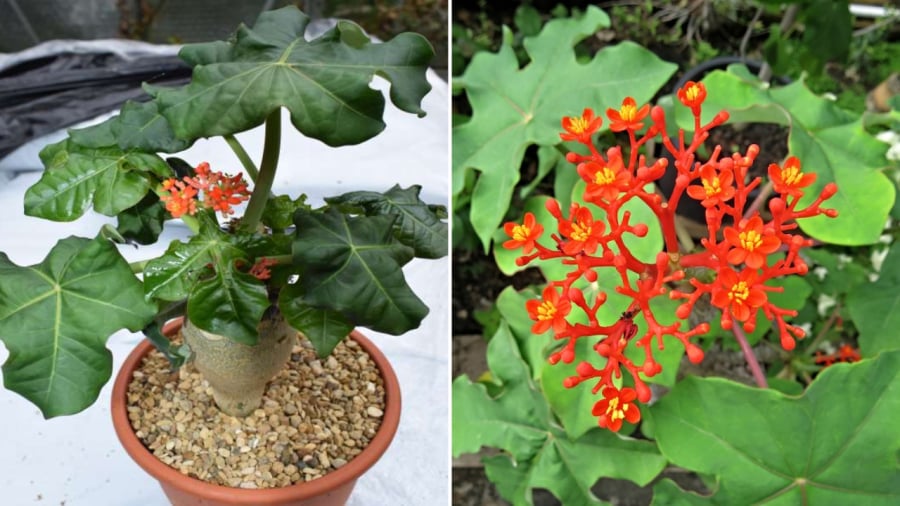
Physic Nut, also known as Jatropha podagrica, has several other names, including Curcin Oil Tree, Sacred Plant, and Mountain Lotus. The stem, bulb, leaves, and seeds of this plant all contain the toxic substance Curcin, which can cause throat irritation, abdominal pain, vomiting, and diarrhea if ingested. Severe poisoning may lead to gastrointestinal bleeding, cardiovascular disorders, and central nervous system depression.
We hope this information on these five beautiful yet toxic houseplants will help you make informed decisions when choosing plants for your indoor space and raise awareness about the potential dangers of certain plant species.
The Hidden Dangers of Feng Shui: Beware of These Beautiful yet Toxic Plants When Choosing Your Greenery
Are you planning to bring some greenery into your home or office with feng shui plants? It’s important to be aware of certain decorative plants that may be aesthetically pleasing but pose potential health risks due to their toxic nature. Your well-being takes precedence, so steer clear of these toxic ornamental plants and stay safe while enjoying the beauty of nature.

























